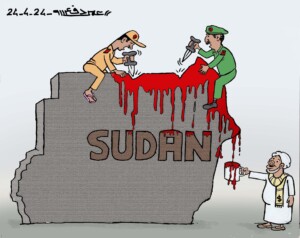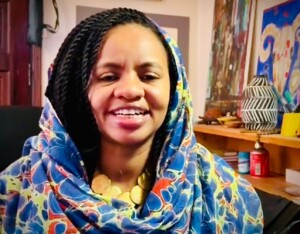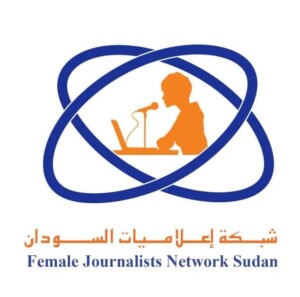Khartoum school exam dominance indicator of social injustice in Sudan
Education experts and activists say the result of the Sudanese secondary school exams this year again reflects the social injustice in the country.
 A secondary school in Um Maraheik, North Darfur (File photo: Albert González Farran / Unamid)
A secondary school in Um Maraheik, North Darfur (File photo: Albert González Farran / Unamid)
Education experts and activists say the result of the Sudanese secondary school exams this year again reflects the social injustice in the country.
Khartoum has accounted for 88 per cent of the year's students who ended first – as has been the rend for years – an indicator of social imbalance among the 18 states in the country.
The head of the Sudanese Education Forum, Mubarak Yahya, said in an interview with Sudan Tribune that education in Sudan is the greatest indication of social injustice, despite the fact that education is a human right stipulated in the Constitution.
He explained that the lack of justice is in distinguishing the state of Khartoum from the rest of the states in the result of the Sudanese certificate exams.
Gumriya Omar of the leadership of the Teachers’ Committee attributed the concentration of success in Khartoum state to the class education approach followed by the government, which takes education as a resource for revenue after it used to be a service.
Results
The result of the Sudanese certificate showed a decrease of success of students by 1.4 per cent and the failure of 152,257 students compared to the year 2017 with girls excelling above boys this year. Omar attributed the boys’ dropout of school to the economic situation, explaining that boys are coming out early to join the markets to contribute to household incomes.
According to educational experts, the concentration of success in Khartoum state to the provision of better inputs for education in terms of teachers, schools and their infrastructure.
Activists of social network sites compared the results of the Sudanese certificate exams decades ago with the present reality. In 1965, the first student was from Rumbek Secondary School in what is now South Sudan.
(Source: RD/ST)











 and then
and then